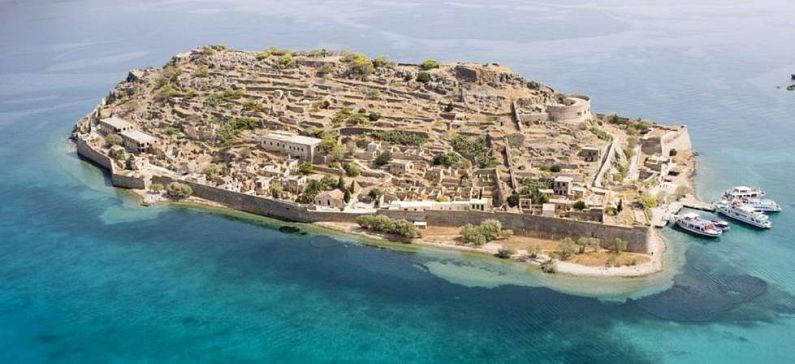
Spinalonga Island revamped prior to receiving UNESCO heritage status
Sixteen of the buildings will be restored, with a view to being used in site works. At the same time as the buttressing of the buildings, a second study foresees the improvement of access to the island that gained infamy through its use as a leper colony for half a century.
The buildings to be restored are now in a dilapidated state, despite the millions that have been spent the last few years and which have improved the site to a large extent as culture ministry secretary general Lina Mendoni noted. Ms Mendoni noted that Spinalonga is expected to be listed by UNESCO. Once a leper colony and now a popular archaeological site, Spinalonga attracts more than 300,000 visitors each year.
The new works will be undertaken through EU funds. The buildings destined for restoration are single- or two-story buildings, and one of them houses frescoes from the time it was used as a leper hostel.
Priority, by the culture ministry, is given to making the buildings safe, and secondarily to preserve the architectural semblance of the site.
Among works to facilitate access is the building of a wooden ramp, where boats now dock, the repair of cisterns, and placement of plumbing facilities fro restrooms and fire safety, the improvement of visitor walkways, sing placement, lighting, etc.
Starting this tourist season, the island will receive visitors from 08.00 am to 20.00 pm.
Spinalonga is situated at the northern entrance of Elounda bay, in Lasithi prefecture. The island has ancient and medieval ruins, and was used as a leper colony from 1903 to 1957.







